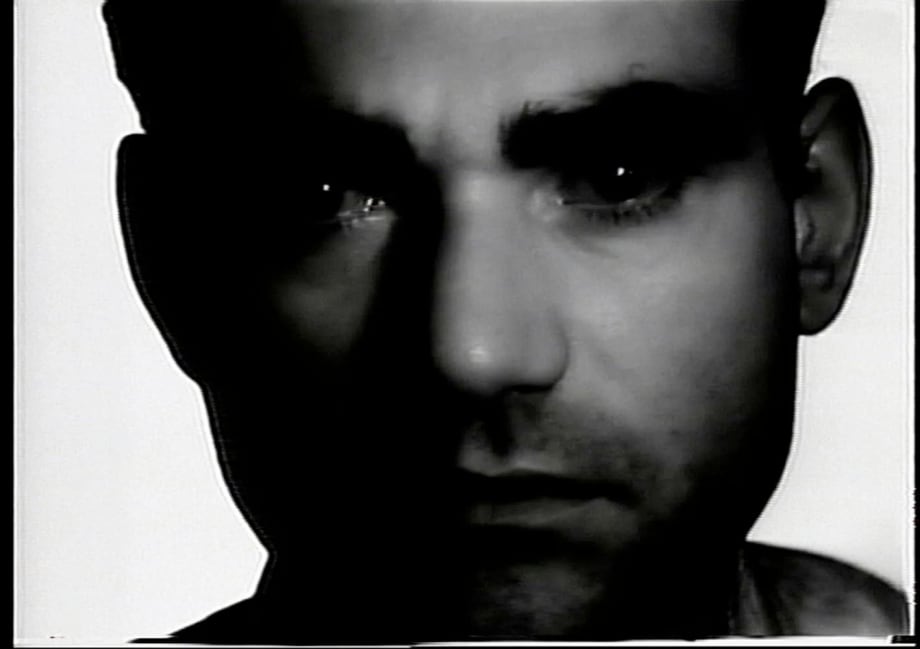I have been speaking of videotapes. But there is a video situation which is not a tape, not an experience identical to watching television. I mean the open-circuit video piece where the viewer closes the circuit and activates a space which the camera views, to produce an image (projected by a videcom). The problem with this kind of video is that it is the most complete example of what I have been saying, yet at the same time it completely negates it. Therefore, it interests me more than any other kind of video. And its existence justifies, for me, the retirement of the “arrested development“ thesis above. The primary exponent and creator of the open-circuit video environment is peter campus.
campus’ tapes present one with extraordinary technical achievement. They are not sloppy or, for that matter, boring; they are edited with incredible precision and have color of the finest quality. They have, then, no recourse to the “honesty” of incompetence.
campus has released himself from the trap of video as substitute film, producing images which are possible only by using video equipment. Two tapes in particular demonstrate the potential of such techniques. In one, he seems to be burning his own face, which is in fact the second video image; another involves a foot stepping on and smashing a mirror. As we have seen, video has a way of turning itself onto the artist and becoming a mirror. The tapes all have a very heightened sense of ambiguous deep space through the use of a deep black background, and this is brought over to the open-circuit pieces, which are experienced in the dark.

